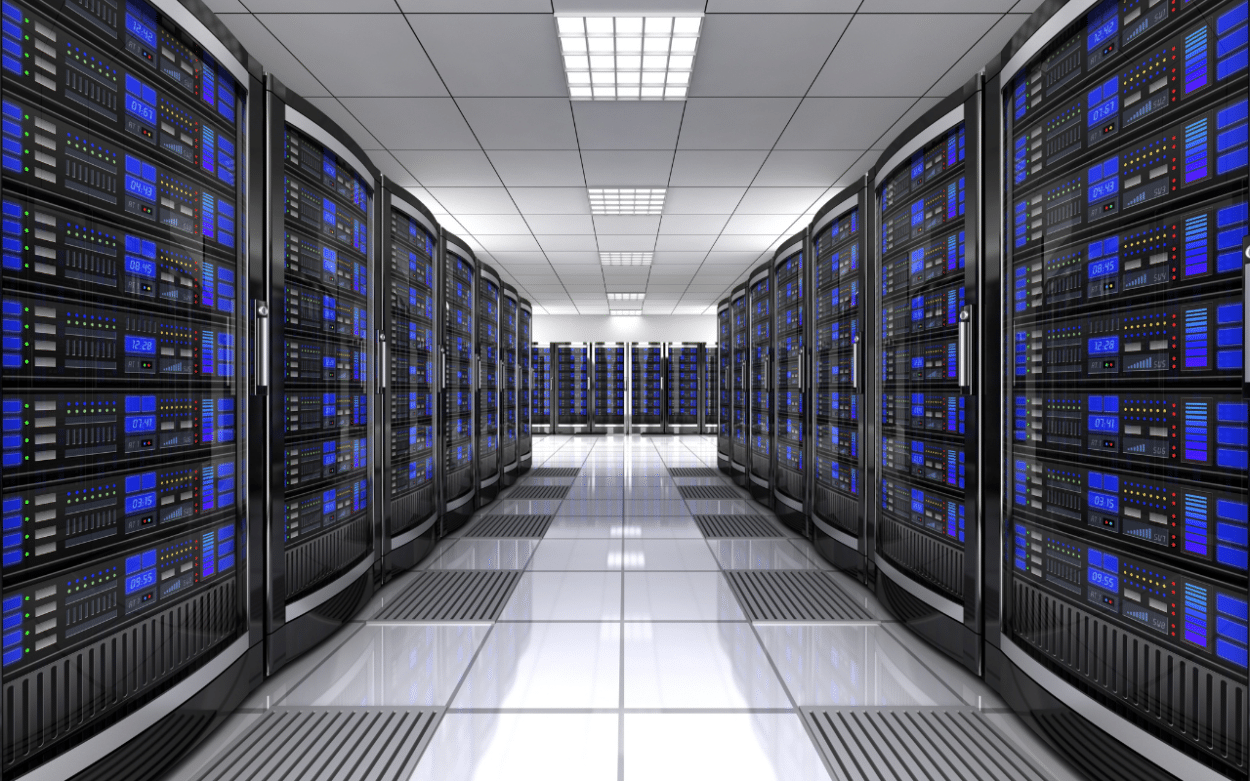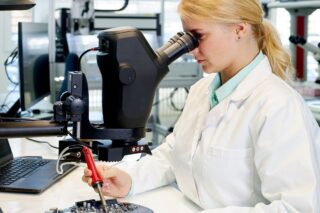As the world increasingly relies on digital technology, data centers have become the backbone of our modern society. These critical facilities house vast amounts of data and run 24/7, providing essential services for businesses, governments, and individuals alike. However, the immense processing power within data centers generates a considerable amount of heat, making cooling a top priority, especially during scorching summer months. In this article, we will explore effective strategies to keep data centers operating efficiently and maintain optimal temperatures to prevent downtime and ensure data integrity.
As the summer begins in the northern hemisphere, intense heatwaves have already hit a significant part of the United States, Mexico, Canada, Europe, and Asia. Uncontrolled forest fires in Canada triggered air quality alerts across the country and much of the eastern United States. Similar heatwaves in Asia caused significant power outages, while Europe continues to break heat records as the fastest-warming continent.
The scorching temperatures and their consequences pose significant challenges to data center operators already grappling with daily heat management. However, there are measures businesses can take to mitigate the risks associated with extreme heat:
1/ Implement Efficient Airflow Management
Proper airflow management is paramount to efficiently cooling data centers. Implementing hot and cold aisle containment is an effective technique to direct cold air to the front of the server racks and exhaust hot air from the rear. This separation reduces the mixing of hot and cold air, preventing recirculation and reducing the workload on cooling systems.
For larger data centers, implementing hot aisle/cold aisle containment can further optimize cooling efficiency. By isolating the hot and cold aisles using physical barriers or curtains, data centers can create a controlled environment, reducing energy wastage and minimizing cooling requirements.
2/ Consider Various Cooling Systems
Precision Cooling
Precision cooling systems, such as computer room air conditioners (CRAC) or computer room air handlers (CRAH), are designed specifically for data centers and high-temperature environments. These systems offer more accurate temperature control and can be adjusted based on the heat load within the facility. Using these specialized cooling solutions ensures that data centers remain at the ideal temperature, even during heatwaves.
Free Cooling
During milder summer days, utilizing free cooling and economizers can significantly reduce energy consumption. These systems use outdoor air to cool the data center without the need for traditional cooling methods, such as chillers. By taking advantage of natural cooling, data centers can achieve substantial energy savings and reduce their carbon footprint.
River Cooling
River cooling is also an approach that is being used in Marseille (France) data centers. Digital Realty (ex-Interxion) data centers typically utilize the free cooling technique, which involves capturing ambient air from the outside, usually during the night, and using a heat exchanger to circulate it inside the facility. But they also implemented a groundbreaking technology known as river cooling.
This innovative technique leverages naturally cold water sourced from an old gallery excavated in the late 19th century. Originally, the artificial canal served to drain water from the mines in Gardanne, located north of Marseille, to the port. Surprisingly, this water remains at a constant temperature of 15°C throughout the year and had been left untapped. Recognizing its potential, the group decided to harness the coldness of this water using heat exchangers to efficiently cool the data center rooms.
Interxion reports that the river cooling system generates an impressive 22 megawatts of cooling power, effectively cooling three out of their four buildings. Even during this summer’s intense heatwave, the system should fully meet the cooling needs of the sites, ensuring uninterrupted operations and optimal equipment performance, according to the company.
Liquid Cooling
Liquid cooling is gaining popularity as a highly efficient and environmentally friendly cooling method. Immersion cooling and direct-to-chip cooling solutions directly dissipate heat from server components, eliminating the need for traditional air cooling systems. These innovative techniques can significantly enhance cooling efficiency and reduce energy consumption.
3/ Choose Energy-Efficient Server Hardware
Choosing energy-efficient server hardware can also contribute to cooling optimization. High-performance, low-power servers generate less heat and, in turn, require less cooling. Regularly updating and maintaining server hardware can ensure that data centers run at their most efficient capacity.
Experts in data center cooling systems from Vertiv, a global provider of critical digital infrastructure and continuity solutions, have also released updated recommendations for managing extreme heat events.
4/ Clean or Replace Air Filters
The alarming orange haze that covered New York City last June was a powerful visual representation of one of the most immediate and serious impacts of climate change. For data center operators, this means cleaning or replacing air filters in cooling systems and HVAC units. These filters help protect sensitive electronic components from airborne particles, including smoke from distant wildfires.
5/ Expedite Planned Maintenance and Services
Extreme heat and poor air quality not only threaten data center infrastructure but also strain power providers, leading to frequent outages. Avoid discovering system failures during such events by proactively cleaning condenser coils and maintaining refrigerant charge levels.
6/ Utilize Available Efficiency Tools
Many modern UPS systems have high-efficiency eco modes that can reduce the amount of power drawn from the electrical grid. During heatwaves that push the grid to its limits, any reduction in demand can mean the difference between uninterrupted service and devastating downtime.
7/ Harness Alternative Energy Sources
While not all data centers have access to viable alternative energy sources, those that do should leverage off-grid energy sources. This may include on-site or off-site solar panels or other alternatives such as off-site wind farms and lithium-ion batteries to manage peak consumption. The use of diesel generators during heatwaves is discouraged, as they produce more greenhouse gases and emissions associated with climate change than alternative energy backup options.
For John Niemann, Senior Vice President of Vertiv’s Global Thermal Management division,
“These increasingly frequent and extreme heatwaves are exerting intense pressure on power providers and data center operators worldwide. Businesses can respond proactively to this intensity by prioritizing preventive maintenance services and collaborating with power providers to manage demand, reducing the likelihood of any heat-related equipment failures.”










